UP TO THE MINUTE
The growing world of green roofs
July 13, 2025 at 3:00 a.m.By Emma Peterson.
Bringing vegetation onto a roof offers a variety of benefits, including extended membrane life.
Recently, Heidi J. Ellsworth got to host Angie Durhman and John Parker for an episode of CoatingsTalk all about green roofs. Angie, who has over 25 years of experience in the green roof industry, is a technical sales support representative for SOPREMA. Her role focuses on “going into offices, getting to the plans and trying to figure out what will work when it comes to installing a green roof.” In this role, she works closely with John, who has been a landscape architect for almost three decades now. Today, John is one of SOPREMA’s architectural sales representatives.
At its core, green roofing is putting living plants on the rooftop. But beyond that, there are many different names for and types of green roofing, from vegetated and eco to urban agricultural. Angie shared a little bit more about the different categories green roofing can fall into, explaining, “Extensive green roofing is our most common. It is the thinnest profile system with the lowest amount of maintenance.” This is the most common type of green roof that you will see, but it’s not the only type.
Angie continued, “There are also semi-intensive green roofs which often add a bit of a height of growing media. So it's not just having three or four inches of growing media like the extensive, but now we have up to maybe eight inches or even 10 inches of growing media. And we also have intensive green roofs. These are going to be those fun amenity decks where we have plaza pavers, maybe a sitting area, some various vegetation of varying heights.”
In addition to these three categories, there is a unique type of green roofing called modular systems. Angie explained, “Modular systems basically take the plant material concept away from any contractor, saying, ‘Here's a basic green roof system. It's already pre-planted. All you have to do is move it through the building up to the roof and you can put it down on the actual roof deck itself.’”
While each of these types of roofing is unique, there are a lot of similarities in the benefits they offer. The biggest is that they extend the lifespan of the roof beneath them. John explained, “Usually, roofs last 15, maybe 20 years. We’ve seen in Europe that a vegetated roof can extend that between two to five times the longevity of the roof. So if someone had a roof that was only going to last 10 years, you put a green roof on it, it may last 50 years.” How does it do this? Green roofs not only create a layer of protection between the roof membrane and damaging UV rays that can shorten the system’s lifespan, but they also naturally manage stormwater to keep that roof more secure.
And beyond the structural benefits of adding vegetation to a roof, there are a lot of social and environmental benefits. John shared, “In terms of sustainability, the best way to reduce the cost and the carbon footprint of the roof membrane is to make it last longer. We have research that shows that humans are literally drawn to nature and if you look out of your hotel room and you see a black EPDM roof with stains on it, that is not making you feel good. You look out of your hotel room onto the same roof but it has a green roof, chances are you're going to feel pretty warm and fuzzy inside.”
Read the transcript, Listen to the episode or Watch the recording to learn more about green roofs and their benefits.
Learn more about SOPREMA in their Coffee Shop Directory or visit www.soprema.com/us.

About Emma
Emma Peterson is a writer at The Coffee Shops and AskARoofer™. Raised in the dreary and fantastical Pacific Northwest, she graduated in 2024 from Pacific University in Oregon with a degree in creative writing and minors in graphic design and Chinese language. Between overthinking everything a little bit, including this bio, she enjoys watching movies with friends, attending concerts and trying to cook new recipes.
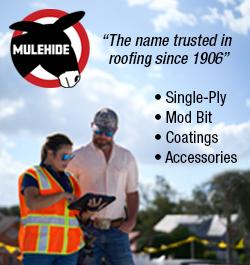









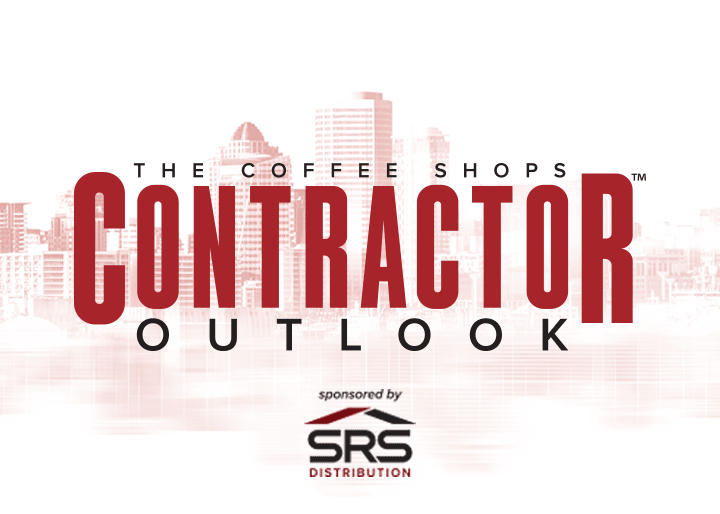
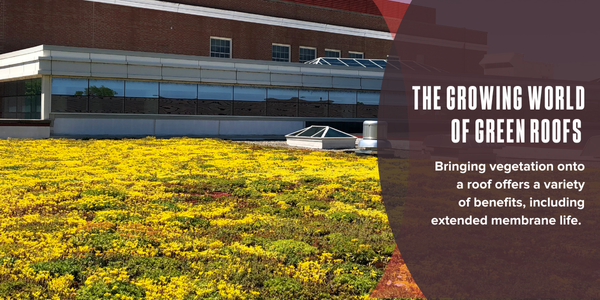
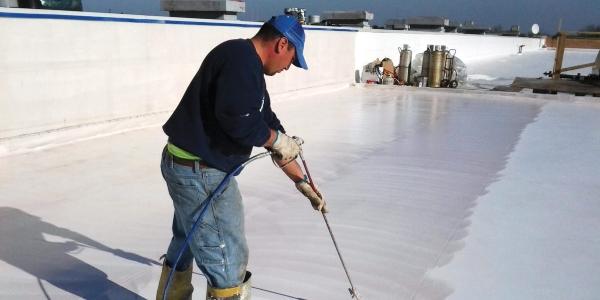

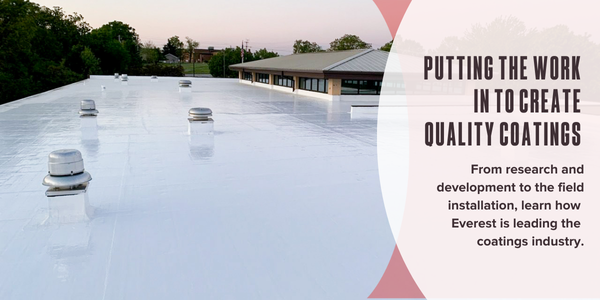





Comments
Leave a Reply
Have an account? Login to leave a comment!
Sign In